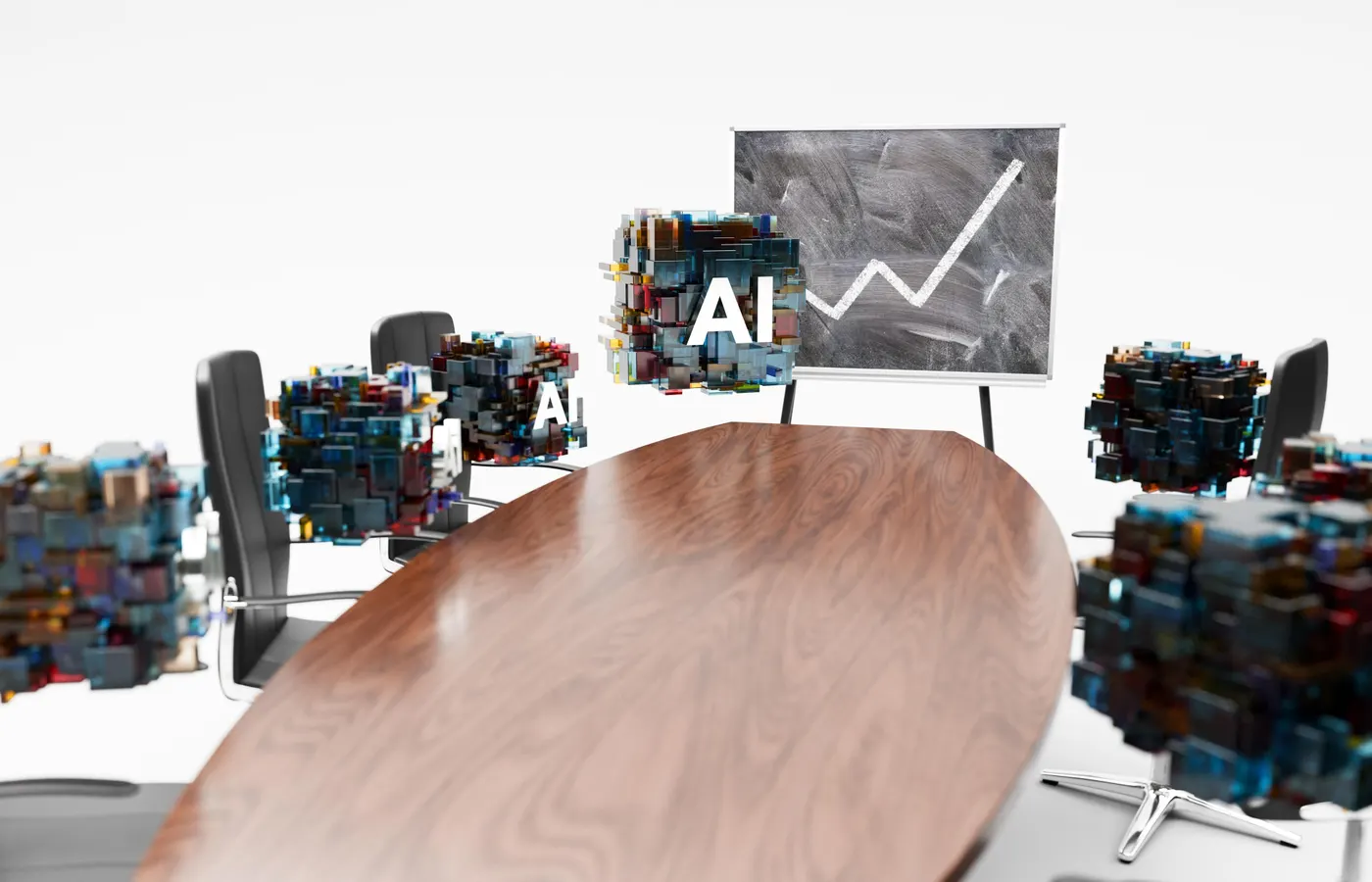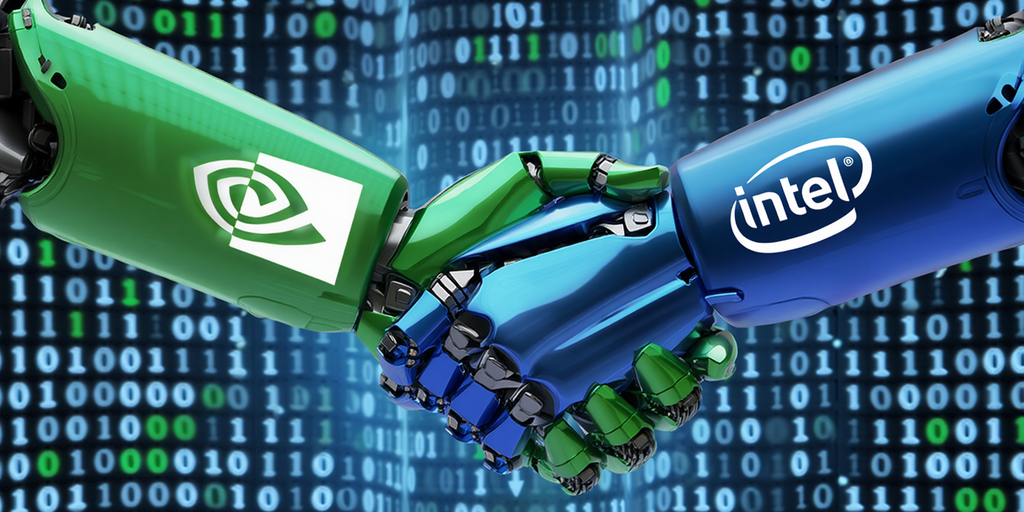By Contributor,Vibhas Ratanjee
Copyright forbes

AI is shaping boardroom decisions. HR must be present to bring judgment, values, and human impac
AI already has a seat in the boardroom. It is shaping risk models, market forecasts, and customer strategies in real time. Yet when it comes to people, culture, and leadership — the very domains that define long-term value — the technology is often running ahead of HR’s voice. The risk isn’t that HR is absent, but that it arrives late, translating what others have already decided.
This article closes a three-part series on HR’s next era shaped by my recent conversations with Dave Ulrich. The first explored regeneration — moving HR from mirrors to windows, broadening its focus to external value. The second examined strategic versatility — the ability to flex across paradoxes and prove outcomes markets reward. This final piece takes on the defining test of the decade: HR’s role in the age of AI.
According to a McKinsey survey in 2024, while a third of organizations say they are currently using generative AI in at least one function, only 3 percent report using it in HR. Gallup found employees are experimenting faster than their organizations can keep up: the share of U.S. employees who use AI at work a few times a year or more nearly doubled in one year, from 21% to 40%. Frequent use nearly doubled too, from 11% to 19%. Many are experimenting without guardrails. While 44% say their company has begun integrating AI, only 22% report seeing a clear plan, and just 30% say their organization has general guidelines — leaving a 14-point gap between integration and standards.
Let’s say a company begins experimenting with AI for performance reviews. Employees quietly use it to draft their self-evaluations. Managers, pressed for time, rely on it to generate feedback. The process is faster — but also thinner. Over time, trust in the system collapses because no one believes the words reflect real judgment.
Or consider a company that rolls out AI to screen resumes. The tool sorts at speed, but no one notices that the algorithm is replicating past hiring biases. Promising candidates from underrepresented backgrounds are filtered out until an external audit exposes the flaw. The damage is visible by then — and HR is left reacting instead of leading.
MORE FOR YOU
Parity Disguised as Progress
Few voices carry more weight on this than Dave Ulrich, who has spent decades urging HR to connect its work to business value. In recent conversations he was blunt: “AI consolidates information in seconds and delivers the same benchmarks to everyone. That isn’t advantage — it’s parity. HR must humanize AI, or organizations will succeed only in building digital bureaucracy.”
Too many HR teams confuse adoption with transformation. Faster dashboards may feel like progress, but competitors are looking at the same dashboards. The risk is mistaking speed for strategy — believing the tool is the transformation.
AI doesn’t need HR to distribute platforms. It needs HR to make meaning from the flood of data those platforms generate. As Ulrich put it: “AI is going to do the administrative work. … AI is the next level of outsourcing so that the probably fewer HR people [are] doing much more value-added work.”
The Seduction of Information
AI’s speed is seductive. “AI homogenizes the world. It summarizes what’s been done. AI provides information parity,” Ulrich told me.
What looks like advantage is often just faster benchmarking. “You use AI in a seductive way to think that you’ve got an advantage,” he said. “When all we’ve done is consolidated benchmarking into one minute. And everybody’s got the same benchmark.”
Advantage doesn’t come from the dashboards. It comes from leaders with the judgment and courage to act on what they can’t reveal.
Finance and marketing aren’t mistaking tools for transformation. CFOs are already using AI to run risk scenarios; CMOs are analyzing customer sentiment in real time. Both are turning AI into decisions. HR, meanwhile, is still producing reports. That contrast is what makes the gap dangerous.
Signals, Not Dashboards
One of AI’s most tempting uses is automating HR’s weakest metrics — participation rates, training hours, survey completions. Those can be reported faster but they don’t tell you whether customers are buying more or investors are paying a premium.
The reality is that HR doesn’t need to wait for the future — AI can already be applied in processes that define its credibility. Recruiting pipelines can be prioritized by AI for speed and fairness, but HR must decide what “fair” means. Workforce planning can be modeled by AI, but HR must link it to culture and capability rather than headcount alone. Performance data can be flagged by AI, but HR must decide which signals merit action. These are not optional use cases. They are the frontlines of HR’s relevance.
Ulrich has long argued that averages disguise more than they reveal. “The mean is a mean thing,” he says. HR shouldn’t pretend to predict profit directly — it should identify the lead indicators that drive it. AI can crunch the data. Only HR can choose the signals that matter most.
What AI Cannot Replicate
The hype sometimes suggests AI will replace leadership development. But leadership growth has always been forged in fire — in setbacks, in mentors who push harder than feedback forms ever could, in customers who walk away until someone wins them back.
AI can support development by identifying skill gaps, curating personalized learning journeys, and spotting patterns in 360-degree feedback that humans might miss. But the leap moments — crucible assignments, mentoring, customer confrontation — cannot be coded. The boundary line is clear: AI can accelerate preparation, but only humans can transform potential into leaders. HR’s job is to guard that line.
Ulrich was emphatic: leaders don’t grow from AI-generated summaries. They grow from crucible experiences that can’t be coded. AI generates summaries; HR must design the leaps leaders grow from.
Technology Gaps HR Can’t Ignore
Some of the widest gaps today sit in analytics literacy, AI ethics, and scenario modeling. Many HR leaders are fluent in engagement surveys, but not in natural language processing. They understand succession planning, but not predictive attrition modeling. They debate policy, but avoid AI-driven workforce simulations because they feel “too technical.” That avoidance is exactly what sidelines HR from the boardroom conversation.
Equally risky are the areas HR overlooks because they appear too far from people: cybersecurity, algorithmic bias, or vendor governance. Each one has direct implications for culture, trust, and talent. If HR doesn’t own a voice here, technology leaders will set the boundaries of work without them.
Keep Humans at the Table
I asked Ulrich what happens when AI sits at the executive table and HR does not. His answer was sharp: “If it’s purely an AI decision, it’s going to have algorithms written the decision. … [It has] missed some of the human subtleties that will make or break some of the decision’s success.”
He has also written that “when algorithms combine with human empathy, judgment, and creativity, sustained progress occurs.” Concentration of power from AI comes when leaders fail to turn artificial intelligence into informed intelligence. Relying only on AI strips away the human touch; relying only on human decision-making ignores the benefits of AI-enabled information. Progress happens when algorithms meet judgment, when data feeds into empathy and choice. That mix is what sustains performance.
Urgency Around Upskilling
The AI gap is not only about adoption. It is about capability. Employees are teaching themselves faster than organizations are teaching them. That is a recipe for risk.
When I spoke with London Business School’s Lynda Gratton, she was clear: HR cannot be an AI bystander. She argued that upskilling must be massive, continuous, and tied directly to business priorities. If HR leaves employees to experiment on their own, it loses both trust and relevance.
This is where HR’s role is non-negotiable. Upskilling cannot be outsourced to vendors or delegated to curiosity. It must be designed as a business strategy — equipping people with the skills that fuel growth, protect value, and build trust.
The anxiety that AI will take HR jobs is real. Some tasks will go — payroll entry, policy distribution, basic reporting. Pretending otherwise erodes credibility. But the mitigation is clear: HR must pivot to what only humans can do. That means building AI fluency fast — not to compete with the machine, but to oversee it. It means upskilling in judgment, ethics, and foresight. And it means reframing HR’s role as the interpreter of signals, the designer of human experiences, and the custodian of culture.
Calling this “augmentation” makes it sound safer than it is. What’s really happening is a redesign of HR’s job: machines take the administrative base, and people carry the interpretive and strategic apex. That shift won’t wait for HR to get comfortable. The adoption curve is already moving.
Strategic Questions for CHROs in the Age of AI
AI is already in the boardroom. HR can’t afford to remain a bystander. These questions are not diagnostics — they are directional shifts HR must lead if it wants to claim relevance:
Growth: When AI highlights skills at risk, do you frame it as a talent issue — or as revenue and market share on the line?
Succession: If AI reveals fragile pipelines for critical roles, can you show the board the enterprise value at stake if those gaps remain?
Upskilling: Are your AI-shaped learning pathways building real advantage — or just pushing generic training?
Performance: When AI exposes patterns in productivity or customer outcomes, do you convert them into growth levers — or file them as HR reports?
Investors: If AI signals attrition in a key market, can you translate that risk into language investors recognize as material?
Trust: As algorithms enter decisions about people, are you leading responsible AI governance — or waiting for others to decide the rules?
How HR Can Claim the Future in the Age of AI
What HR chooses to stand for in the age of AI will define whether it leads or follows. Ulrich’s words land as both warning and challenge: “We’ll get the zero right. 99.99 times.” Machines can guarantee accuracy. They cannot decide what the zero stands for.
The work ahead isn’t optional. Either HR takes responsibility for interpreting signals, designing human experiences, and shaping outcomes, or it drifts into the same tasks algorithms already cover.
If HR does not act, the consequence is clear: technology leaders will set the rules of work. HR will be left policing compliance while others define how talent, culture, and capability shape competitive advantage.
AI is already in the boardroom. What remains undecided is whether HR will influence how it’s used — or accept outcomes written without its input.
The Path Forward
We began this three-part series with regeneration, moved to strategic versatility, and now end with AI. Together they outline the shifts HR must make if it is to stay relevant to growth, resilience, and identity.
And Ulrich’s reminder frames it best: HR’s future will be judged not by its activity, but by whether it can humanize AI and make its value visible where it matters most.
Editorial StandardsReprints & Permissions



